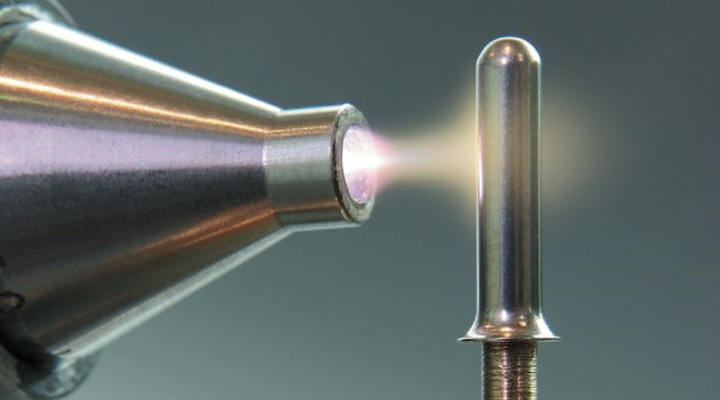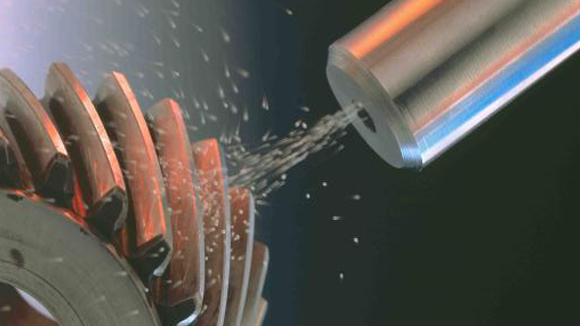Do you picture large, cumbersome components with thick wall sections when you think of aluminum die casting? If so, you're not alone. If that is the case, you should know that you are not the only one. Don't worry, we did too! What if I told you that we now have the ability to cast aluminum parts that are almost as lightweight as their magnesium counterparts, while also offering additional benefits such as higher tensile strength and additional finishing options? Would you be interested in hearing about this? Do you think it would be interesting to learn more about this? Die casting in aluminum used to be avoided by design engineers because it required thicker wall sections (typically 1.5mm – 2.0mm), which resulted in heavier parts. Today, however, die casting in aluminum is becoming increasingly popular. Die casting in aluminum is gaining more and more attention in today's modern world. Die casting in aluminum now enables significantly thinner wall sections than were previously possible, compared to the past.
Castings made of aluminum have been used to replace a variety of engine and gearbox components for the majority of the past fifty years or so, which has been the primary factor that has been responsible for the expansion of the aluminum foundry industry over the course of the previous approximately fifty years. The production of engine blocks and gearboxes in the early 1980s was the final significant factor that led to a significant rise in the market demand for aluminum castings. This increase occurred as a direct result of the previous two factors. The last major factor that contributed to the increase in demand was this one. In the meantime, the comprehensive process for carrying out this particular replacement has been brought to a successful conclusion. This technique is now widely utilized all over the world, including in all of the other regions in addition to Europe, and has been for quite some time. As a result of the substitution, it is not anticipated that there will be an increase in demand for aluminum die cast components in the industry that deals with engines and transmissions. This is due to the fact that it is anticipated that substitution will result in a reduction in demand.
The automotive industry is a primary contributor to carbon dioxide emissions, and as such, it is currently under a great deal of pressure to significantly reduce those emissions as a direct result of the demands that have been placed on the industry on a global scale. E-mobility and weight reduction are the levers that, at the moment, have the greatest potential to contribute to a reduction in CO2 emissions. Citation needed Citation neededThis is due to the fact that both e-mobility and reducing weight involve the utilization of electric power.
People are of the opinion that the most significant shift in the product portfolio of aluminum that has taken place in the last hundred years will most likely take place in the aluminum foundry sector as a direct result of the recent development that has taken place as a direct result of the recent development that has taken place. In the engine and transmission industry, some of the workhorse components are going to be phased out, and in their place, new power train components are going to be developed. This shift will happen over the course of the subsequent few years. In spite of the significant shift that has taken place in the market, there is still room for growth in the markets for structural and chassis components, in addition to the market for aluminum casting, in the years to come. This is true even though the market has undergone significant change. When combined, these two markets have the potential to see expansion in their respective capacities.
An Analysis of the Ever-Increasing Demand for Chassis and Structural Components
The significant reorganization of the portfolio that is taking place as a direct result of the growth of these constituentsIn comparison, the goods that were once manufactured from steel are now produced using metals that are a great deal lighter. These metals include aluminum, stainless steel, and titanium. Now more than ever, the production of larger chassis and structural components necessitates the use of equipment units that are capable of exerting greater clamping forces. The reason for this is that more space is required for components of the chassis and the structure that are larger. Because of this, major die casting companies have already started offering casting equipment with a force of more than 3,500 tons. The heaviest pieces of machinery each weigh exactly 5,500 tons, or just a little bit more than that total.

The following is a list of the implications that these alterations to the product portfolio will have for casting manufacturers in the industry.
Numerous large die casting equipment units have received significant investments of capital.
There are typically significant costs involved in the introduction of new products and the development of new procedures.
The lower volumes of the present series components (particularly the engine and transmission) are to blame for the decrease in cash flow results that were achieved.
Powerful competition as a consequence of surplus capabilities in the locking force ranges 1,800–2,500 to (an earlier high proportion of components for the engine and transmission).
As a result of a number of new orders, there is going to be a significant demand in the not too distant future for employees who have previous experience working in foundries. This demand will be significant.
In the end, it will be necessary to carry out cost optimization in order to ensure that these requirements are satisfied in the best possible manner. The changes bring about opportunities in addition to the risks, and the only foundries that will be able to take advantage of these opportunities are the ones that have the appropriate technology at their disposal, in addition to the financial strength, knowledgeable employees, and strategy. The only foundries that will be able to take advantage of these opportunities are the ones that have them will be the only foundries that will be able to take advantage of these opportunities. Foundries that already possess these opportunities are the only ones that will be able to profit from them when they become available.









